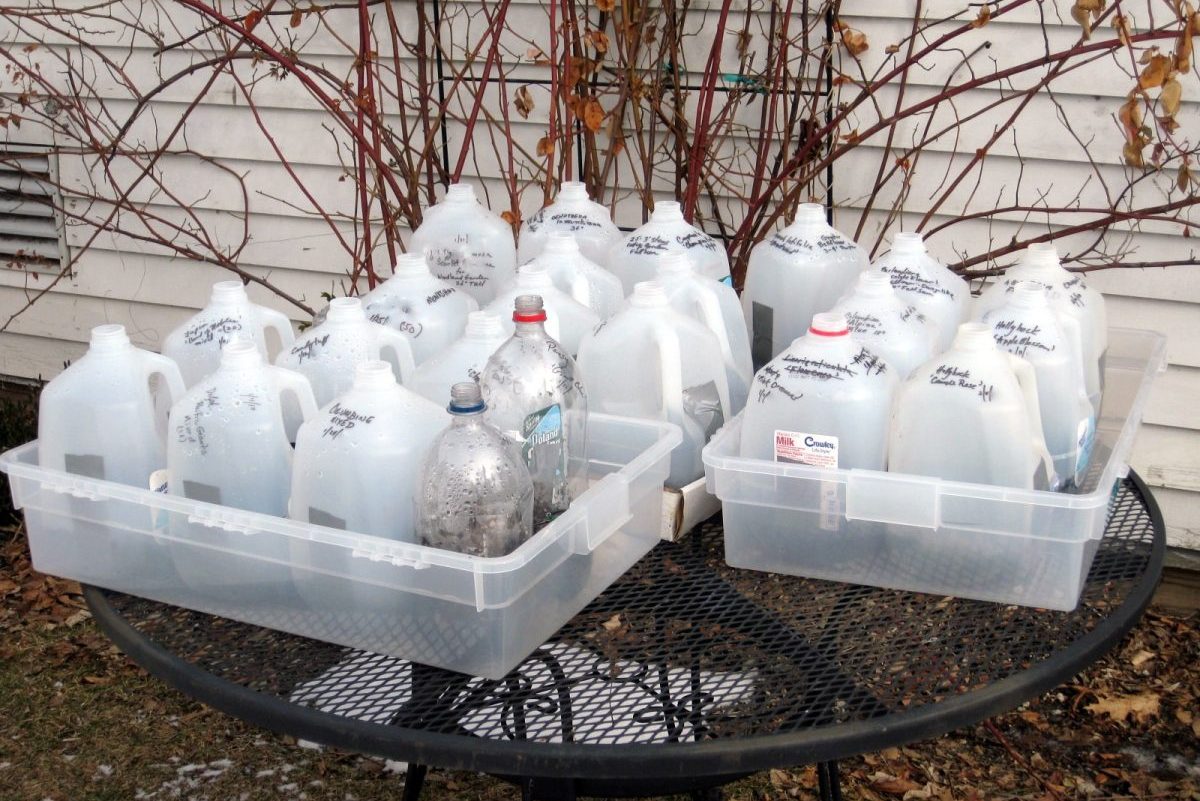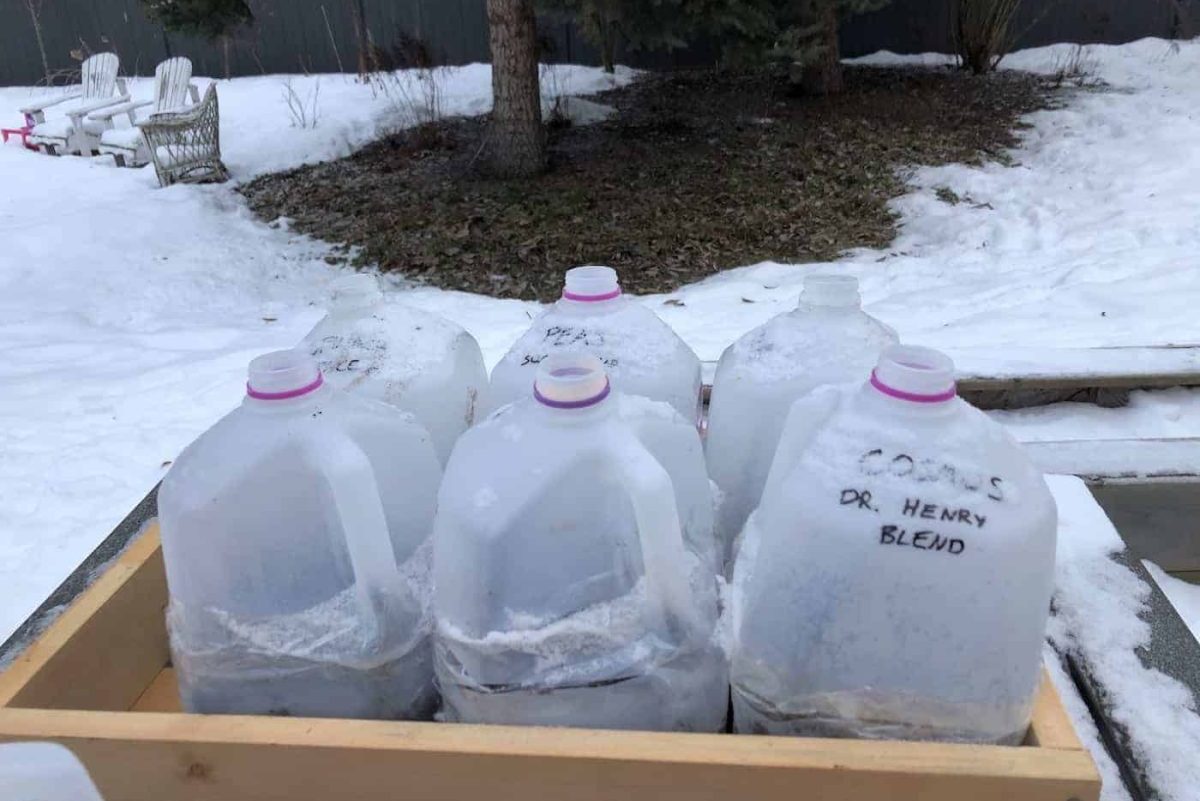
Help With Winter Sowing in Zone 3 and Zone 4
The “winter sowing” practice often entails planting seeds early in the spring, typically in February or March. You will plant them in clear or semi-clear jugs and leave them to grow outdoors until it’s time to transfer them.
Winter-sown plants endure the cold, snow, and ice outside. The container functions as a miniature greenhouse, shielding plants from the wind and hastening their germination.
Plants that can withstand cold weather perform best when planted in winter.
Importance of Winter Sowing
Winter sowing has a lot of advantages. Here are some of the reasons why it has grown in popularity in recent years among gardeners:
- No additional tools, like heat mats, fans, or grow lights, are needed for winter sowing.
- Seedlings only need minimal maintenance.
- Pests and disease are typically less of a problem with plants grown in the winter.
- There is no need to harden off seedlings seeded in the winter.
- Winter-sown seedlings are often robust and healthy.
- The method requires no indoor space to begin seedlings.
The Best Seeds To Plant In Winter
Here’s a look at the plant varieties you can plant during winter:
Herbs and veggies
- Swiss Chard
- Spinach
- Sage
- Parsley
- Mint
- Radishes
- Peas
- Parsley
- Kale
- Green Onions
- Dill
- Brussel sprouts
- Cauliflower
- Cabbage
- Bok choy
- Beet
- Arugula
Flowers
- Pansies
- Foxglove
- Dianthus
- Calendula
- Cosmos
- Bells of Ireland
- Asters
- Nicotiana
- Iceland Poppies
Preparing the Containers for Planting
Choose a clear or semi-clear container with a detachable lid for the container for winter sowing.
The gallon milk jug is by far the most typical container for winter sowing. It is simple to cut and has a small top that traps heat inside.
Drill drainage holes in the base of your container before cutting into it to sow seeds throughout the winter. You can carefully cut holes with a knife or pair of scissors if you don’t have a drill.
Best Time to Plant
The goal of winter sowing seeds is to mimic the conditions that allow seeds to survive the winter in the open air and naturally sprout in the spring.
Your winter-sown containers must be placed outside to encounter some of the winter’s freezing temperatures. Plant your pots for winter sowing in zone 3 or 4, ideally between late January and early March, but you can do it whenever before your last frost date.
You may also like
Written by coral
| M | T | W | T | F | S | S |
|---|---|---|---|---|---|---|
| 1 | 2 | 3 | 4 | 5 | 6 | 7 |
| 8 | 9 | 10 | 11 | 12 | 13 | 14 |
| 15 | 16 | 17 | 18 | 19 | 20 | 21 |
| 22 | 23 | 24 | 25 | 26 | 27 | 28 |
| 29 | 30 | 31 | ||||



Leave a Reply